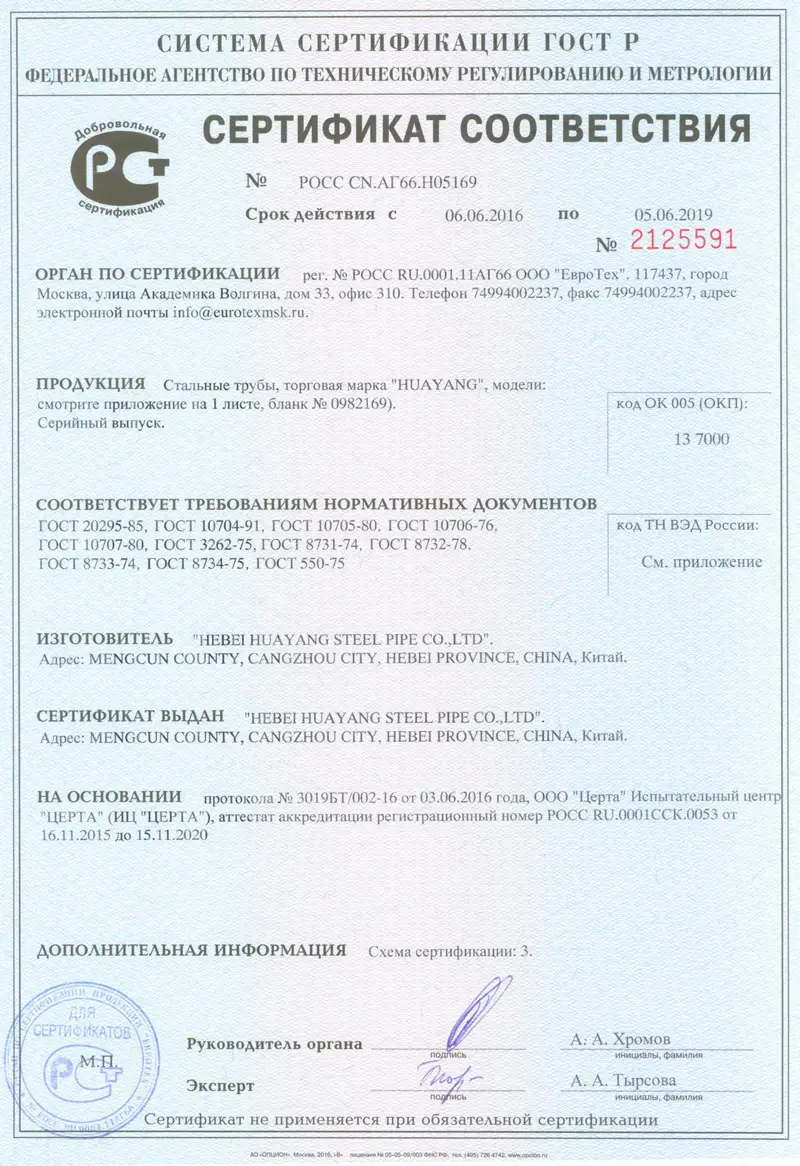
jan . 24, 2025 05:13 Back to list
HPMC


Case studies illustrate varied results based on the chosen polymer. For example, a leading paint manufacturer noted a significant improvement in the leveling properties and film strength of their product upon switching from HPMC to HEC. The increased viscosity and better suspension provide a smoother application experience and a more durable final product. In the pharmaceutical realm, however, a generic drug manufacturer observed that their extended-release medication performed better using HPMC, as it allowed a more controlled release due to its gel-forming nature upon hydration. Regulatory considerations also play an influential role. HPMC is widely approved by health agencies such as the FDA for use in pharmaceuticals, given its biodegradability and general safety in edibles. HEC, while used safely in applications like topical creams and non-ingestibles, may require thorough approval processes for other uses depending on regulatory guidelines across different countries. Lastly, the rising consumer demand for sustainable and eco-friendly ingredients cannot be disregarded. Both HPMC and HEC are derived from cellulosic sources, contributing to their sustainability profile. However, nuances in their biodegradability, source of raw materials, and manufacturing byproducts can differentiate them in the eyes of environmentally-conscious consumers and businesses aiming to reduce their carbon footprint. The decision between HPMC and HEC is far from straightforward. A comprehensive assessment, incorporating the nature of the end product, production capabilities, regulatory landscape, and market trends, is essential in making an informed choice. This wise selection not only ensures the optimum performance of the product but also reinforces the credibility and trustworthiness of the manufacturer in the competitive landscape of modern industry.
-
Unlocking the Benefits of HPMC Products: A Gateway to Versatile Applications
NewsAug.07,2025
-
Unleashing the Potential of HPMC Ashland: A Comprehensive Look
NewsAug.07,2025
-
Tile Bonding Cellulose: The Key to Superior Adhesion and Durability
NewsAug.07,2025
-
Hydroxypropyl Methylcellulose Powder: The Versatile Component in Modern Pharmaceuticals
NewsAug.07,2025
-
Hydroxyethyl Cellulose: The Versatile Solution for Various Industries
NewsAug.07,2025
-
Hydroxyethyl Cellulose (HEC): The Versatile Polymer for Various Applications
NewsAug.07,2025







